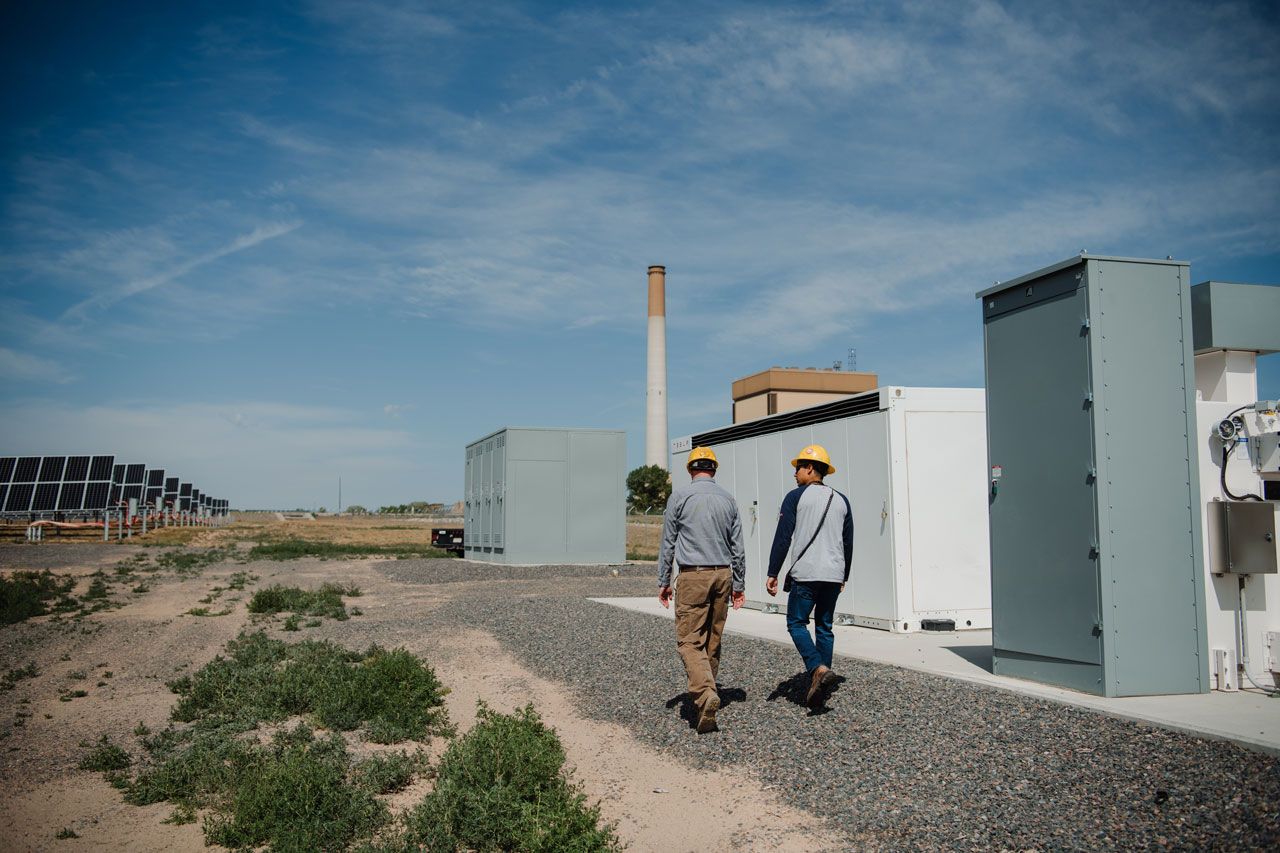Environmentalists ask for greater oil, gas setbacks
Boulder-based Western Resource Advocates, along with San Juan Citizen’s Alliance, of Durango, and Western Colorado Congress, of Grand Junction, asked the state Oil & Gas Conservation Commission in a letter to begin a rulemaking process on the matter.
“Residential setbacks are perhaps the most urgent piece of unfinished business from the 2007 rulemaking,” the letter reads. “Five years later, drilling activity increasingly targets populated areas on both the Front Range and Western Slope.”
SPONSORED CONTENT
How dispatchable resources enable the clean energy transition
Platte River must prepare for the retirement of 431 megawatts (MW) of dispatchable, coal-fired generation by the end of the decade and address more frequent extreme weather events that can bring dark calms (periods when there is no sun or wind).
State regulations call for setbacks of 350 feet of a wellhead from buildings in urban areas and 150 feet in low-density areas. The 2007 rulemaking mentioned in the letter refers to two key laws passed that year called the Colorado Habitat Stewardship Act and the Oil and Gas Commission Reform Act.
Western Resource Advocates recently found that nearly 200 active or proposed drilling sites were within 2,000 feet of at least one school in Weld, Boulder, Broomfield and Adams counties.
The letter comes as controversy over hydraulic fracturing continues along the Front Range, where cities are exploring ways to more strictly regulate oil and gas development.
The city of Longmont, for example, has banned new drilling operations in residential areas.
The city also created a streamlined application process for oil and gas producers who meet all of its “recommended” standards. Those that don’t will be subjected to a more lengthy public hearing review.
One of the recommended standards would require a well to be located 750 feet or more from a building, park, sports field or playground.
The rules led the state Office of the Attorney General to threaten the city with a lawsuit.
The state has worked successfully with communities for decades on oil and gas development, and parties have traditionally been able to work through issues “without drawing hard lines,´ said Mike King, executive director of the state Department of Natural Resources.
“In the case of Longmont, the community has taken a position we think jeopardizes efficient and orderly development of a resource all citizens depend upon,” King said in a statement issued by a spokesman Wednesday. “Citizens in Longmont and across the state deserve a clearer sense of authority on this matter, and so we think it’s time to turn to the courts for direction and resolution.”
King is concerned about a “tangled patchwork” of laws in cities that create uncertainty and undermine the development of oil and gas resources, the jobs they create and revenues collected by governments statewide, he said.
Boulder-based Western Resource Advocates, along with San Juan Citizen’s Alliance, of Durango, and Western Colorado Congress, of Grand Junction, asked the state Oil & Gas Conservation Commission in a letter to begin a rulemaking process on the matter.
“Residential setbacks are perhaps the most urgent piece of unfinished business from the 2007 rulemaking,” the letter reads. “Five years later, drilling activity increasingly targets populated areas on both the Front Range and…
THIS ARTICLE IS FOR SUBSCRIBERS ONLY
Continue reading for less than $3 per week!
Get a month of award-winning local business news, trends and insights
Access award-winning content today!

